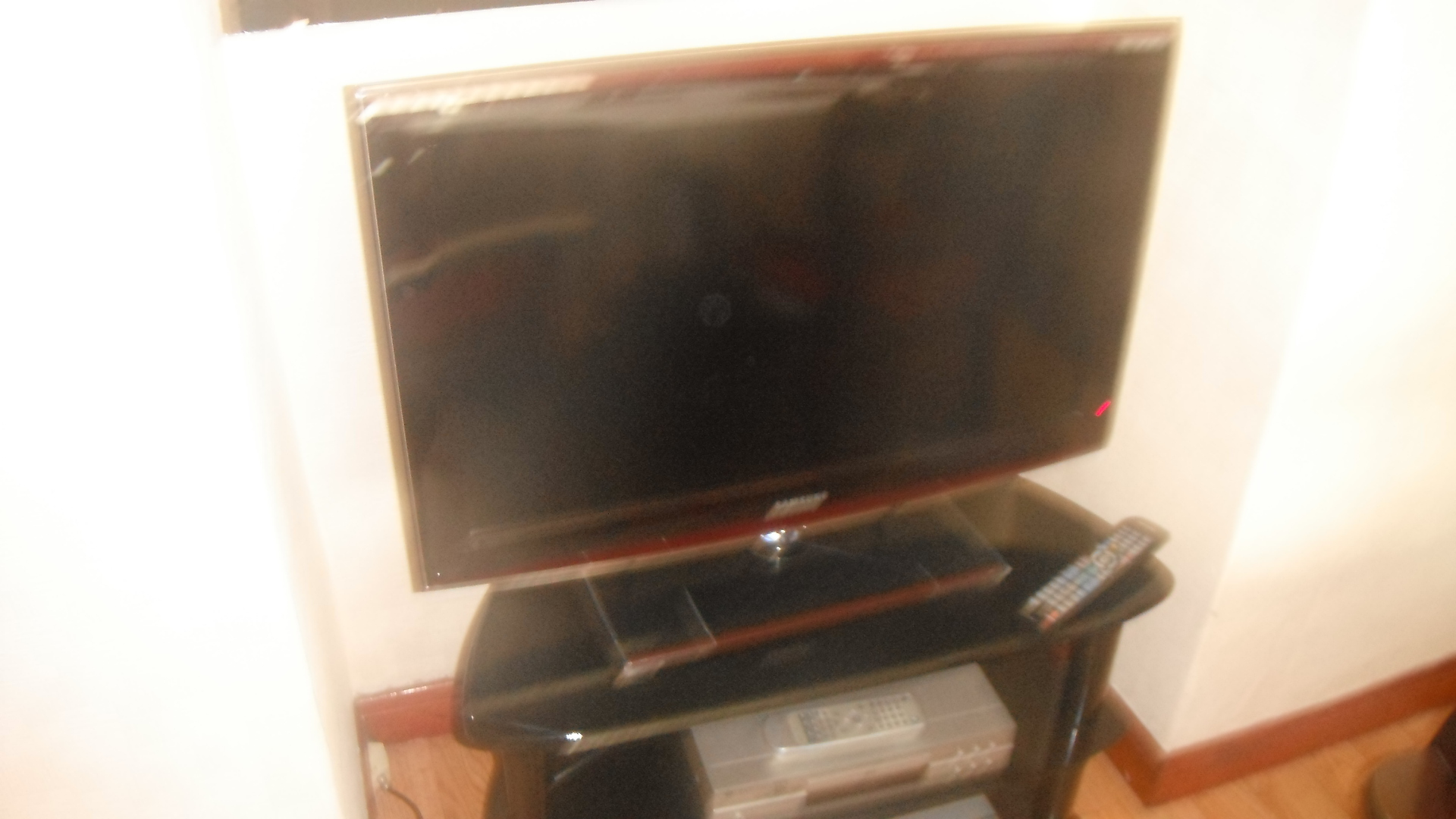TV Travel Show Review – Sue Perkins In Kolkata
@arthurchappell (44986)
Preston, England
September 3, 2015 3:38am CST
I found Perkins loud, brash and egotistical throughout this show, and rude to the natives at times despite her efforts to cut through stereotypes. She spends a lot of time yelling.
The city the British Empire misspelt and pronounced Calcutta has reclaimed its true identity since 2001. It is a growing developing area of India, though still carries much dreadful extreme poverty as well. The city was essential to the British as a bay area for import and export and travel.
Perkins visits a clay cup making community. With tea consumption a big business, little one use only clay cups are made by hand at an astonishing rate. The cups are designed to be broke and dumped in the street after use. This sounds wasteful, but the rains carry the fragments to the river where they revert to clay again for potters to remodel in future days. It is a brilliantly simple recycling system.
Perkins mucks around showing how bad she is at making cups, comparing her antics to a scene from Ghost and The Generation Game until the man in charge rightly yells at her that what she is doing is a serious business and she ought to be concentrating. Her gurning at the camera rather distracts from the duty.
Perkin watches rickshaw riders carrying small goods down narrow winding city streets unsuitable for cars. Rickshaws are banned in much of India and not used to carry people even in Calcutta. We are spared the site of Perkins being carried round in one.
She touches on the city as a mixed community where Jews, Muslims (Calcutta has the biggest Muslim community in India itself as opposed to East Pakistan), and Chinese settlers have melded and integrated with remarkable non-segregating harmony. The cultures simply inherit and take the best they can use from each other rather than building up barriers. It is a city of true multi-culturalism.
The show is more than half-way through its hour when Perkins finally looks at the extreme poverty of Kolkata. This was the heart of Mother Teresa’s ministry work in the 1970’s to 1990’s period. The poverty is a legacy of old Calcutta’s notorious black hole period of British rule.
Perkins visits a shanty community where 10,000 people congregate for flimsy shelter surrounded by open sewers with rats roaming round everywhere. Parents tie their children to their beds at night for fear of the children being abducted, which has happened.
After five minutes of that kind of insight, Perkins is back with the wealthy people generating a property boom the poor seem to be excluded from. She visits a young entrepreneur’s sports car collectors club where the hot-shot billionaires show off their Ferraris and Lamborghinis. Some of the businessmen here own dozens.
Perkins ends her visit by saying how much she loves the ‘city of joy’, describing how everyone she met was always smiling. This totally bi-passes the grim distressed faces of the poor people she met who described tying their children down of a night for peace of mind. Not much smiling there.
 Arthur Chappell
Arthur Chappell
 Arthur Chappell
Arthur Chappell1 person likes this
1 response






